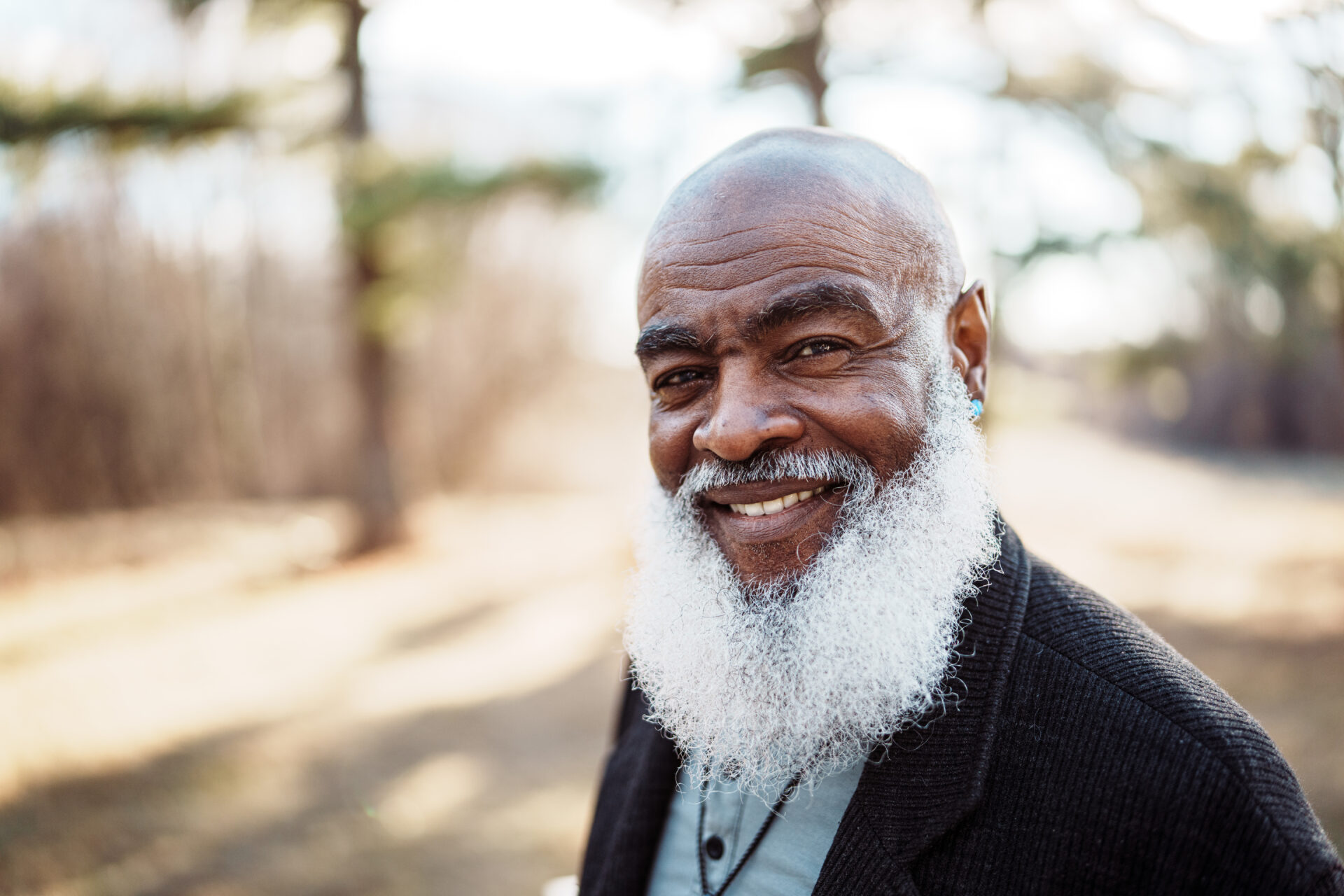
Uterine fibroids are the most common benign tumor in African American women with 60% of African American women being affected by the age 35. The number drastically increases to 80% by age 50.
We all know at least one woman close to us suffering in silence with fibroids, whether it is a mother, sister, cousin or friend. The amount of close friends and family that we know who are affected by fibroids require the fingers on our hands and maybe even some toes.
READ: How Fibroids Affect Black Women Differently
But, why?
Why are our mothers, sisters, cousins, aunts and friends being disproportionately affected by such a noncancerous condition? Despite their resounding prevalence, why do fibroids among Black women remain an understudied topic?
Of the limited research that exists, we can muster some correlations worth mentioning. Considerable evidence does show that estrogen and progesterone levels enhance the growth of fibroids. With that being said, we know that increased lifetime exposure to estrogen increases the chance of fibroids. Early age at menarche falls into this category.
Currently Black girls lead the menarche race with 62% of black girls menstruating by the age of 12 compared to 35% of their white counterparts. There is a large genetic correlation to fibroid development - the daughter of a mother with fibroids is three times more likely to develop fibroids down the road.
READ: Fibroids Vs. Black Women: 4 Strategies To Win
And there has also been a study that associates chemical exposure of hair relaxers through scalp burns to fibroids, however given the absence of FDA regulation, this is difficult to prove.
Here's what we CAN do
While we wait on research to catch up with the times, there are a few lifestyle measures we can implement to help ease the burden of fibroids on our lives and the lives of our loved ones. However loose the association between fibroids and hair relaxers, it may be worth considering the removal of this hair care regimen from one’s routine.
READ: Can I Shrink Fibroids Naturally?
Regular exercise reduces estrogen and also reduces body fat, which is a female’s second predominant source of estrogen other than her ovaries - that’s a two for one risk reduction.
Women who eat more broccoli, Brussels sprouts, cauliflower, whole grains, flaxseed and fish rich in omega-3 fatty acids have fewer fibroids. Soy is still up for debate, as it contains estrogen like components, which may contribute to your overall lifetime exposure. Some, however, speculate that these estrogens-like components do not negatively affect your body like how natural estrogen does. Caffeine and wine in moderation works favorably in decreasing risk of developing fibroids.
Share this article with a sister that you know to be affected. Fibroids cause a significant physical, economical and emotional burden as well as lifestyle disruption. Don’t allow your mother, sister, cousin, aunt, friend to suffer in silence.
 is a Board Certified Internal Medicine physician and Dr. Gameli Dekayie-Amenu is an Emergency Medicine Physician; both practicing in the Chicagoland area. As both best friends and physicians, they combined their friendship and passion to develop BestiesMD. BestiesMD’s mission is to educate and empower women regarding pertinent women’s health issues through YouTube websidoes, daily social media factoids and speaking engagements. They have also developed Medical Mavens mentorship program to assist aspiring young women attain their goals of becoming physicians. Check them out at www.bestiesmd.com
is a Board Certified Internal Medicine physician and Dr. Gameli Dekayie-Amenu is an Emergency Medicine Physician; both practicing in the Chicagoland area. As both best friends and physicians, they combined their friendship and passion to develop BestiesMD. BestiesMD’s mission is to educate and empower women regarding pertinent women’s health issues through YouTube websidoes, daily social media factoids and speaking engagements. They have also developed Medical Mavens mentorship program to assist aspiring young women attain their goals of becoming physicians. Check them out at www.bestiesmd.com









